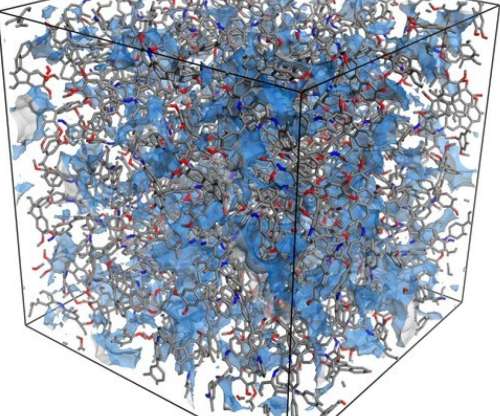U Wisc. scientists develop new method to convert lignin to simple chemicals under mild conditions
Green Car Congress
NOVEMBER 3, 2014
Researchers at the University of Wisconsin have disclosed a new method to convert lignin, an important component of biomass waste, into simple chemicals. Lignin, which accounts for nearly 30% of the organic carbon in the biosphere, is a complex material containing chains of six-carbon rings. —Shannon Stahl.




































Let's personalize your content